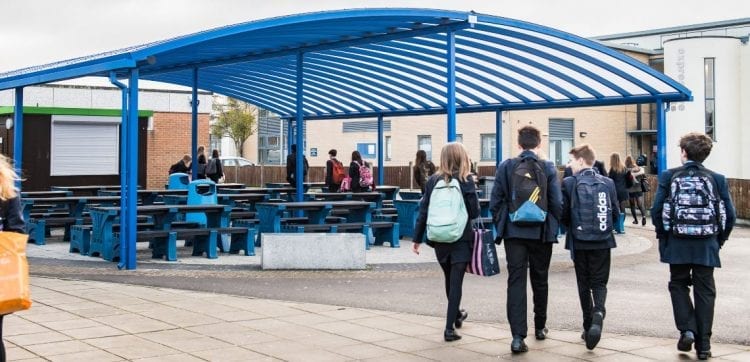Daniel Gilbert, Harvard Psychologist defines happiness as “frequent positive feelings accompanied by an overall sense that one’s life has meaning”
Research Schools International in the USA, conducted a study at St Andrew’s Episcopal School which revealed a statistically significant correlation between happiness and academic success. Students who reported being happier had higher grades. They were able to demonstrate this across both the primary and secondary aged children.
A network of supportive relationships with peers, parents and teachers was cited as being a key elements in the reported happiness of the students.
So what else has an impact on happiness?
A recent National Trust survey revealed that 80% of the happiest people in the UK said that they have a strong connection with the natural world, compared with less than 40% of the unhappiest.
It is clear that regular contact with the outdoors brings an increased level of satisfaction with life in general. The latest ‘Forest Bathing’ craze, based upon the Japanese principals of Shirin Yoku is filling the media, calling for ‘indoor’ Brits to take some much-needed nature time.
Something else that is also being talked about it is a modern phenomenon known as ‘Nature Deficit Disorder’. The notion that our increasing lack of connection with nature is leaving us less happy, less healthy and less able to assess risk.
Lord Digby Jones, former chairman of the CBI (Confederation of British Industry) commented –
“If we never took a risk our children would not learn to walk, climb stairs, ride a bicycle or swim; business would not develop innovative new products…scientists would not experiment and discover, we would not have great art, literature, music and architecture.”
If you work in a school and want to enhance student happiness then you can put a plan in place for more time outdoors. This can include encouraging teachers to plan outdoor lessons, starting a forest school or ensuring pupils are not staying in at break times. Although being outdoors does not require any special equipment we know from our experience with schools that there are elements which can help. Seating, especially in Autumn and winter, can make outdoor classrooms more feasible. Choosing seating which can accommodate lots of pupils can mean nearly any subject can be taken outdoors. For forest school you may need to store equipment outside so storage systems can be really useful.
Being out in the elements in forest school is great and many schools encourage children to be out in rain, wind or snow. But, conducting science experiments or undertaking maths activities often requires workbooks. Unfortunately, books and water don’t mix. This is where our canopies can really make the most of your playground spaces. Our recent blog about How shelters can be used to expand school provision covered the need for extra space in schools and briefly touched on how canopies can create outdoor classrooms turning a previously underutilised space into extra provision.
Head over to our shop for storage and seating options which can accommodate up to 14 students.
Or if you’d like students to get outdoors in all weathers then take a look at our school canopies.


